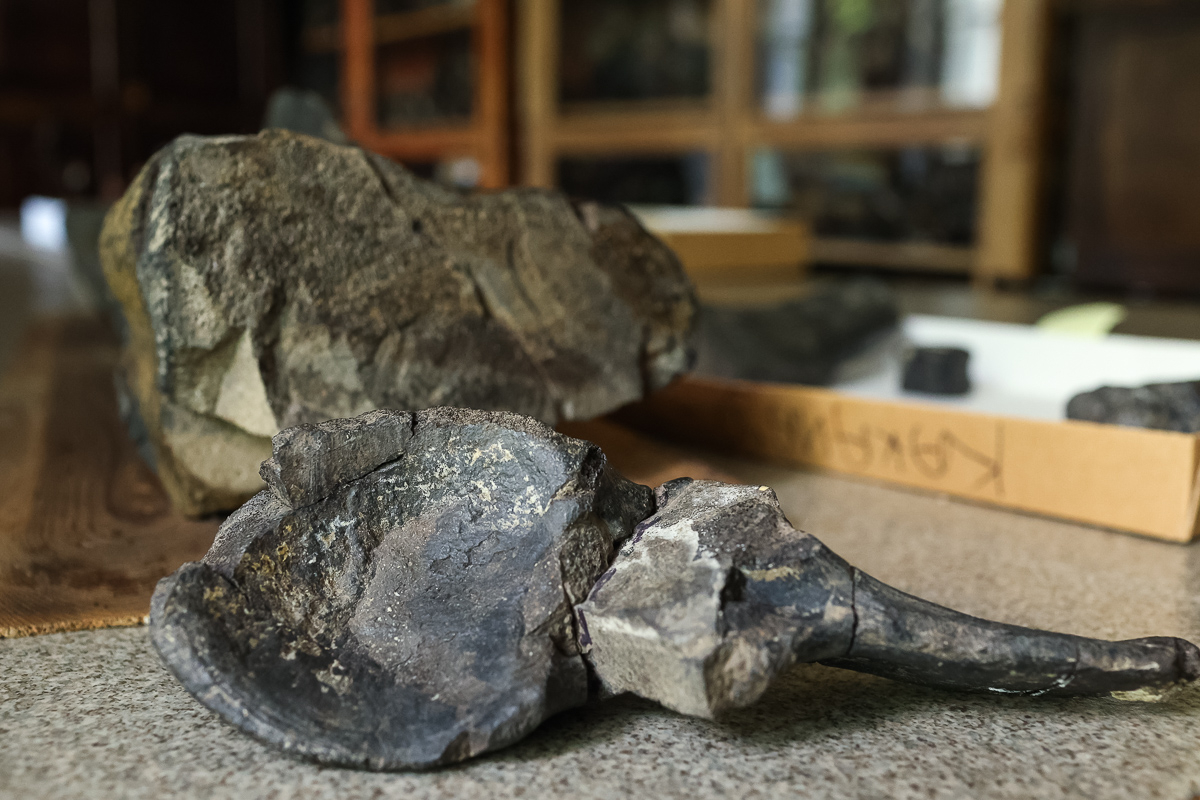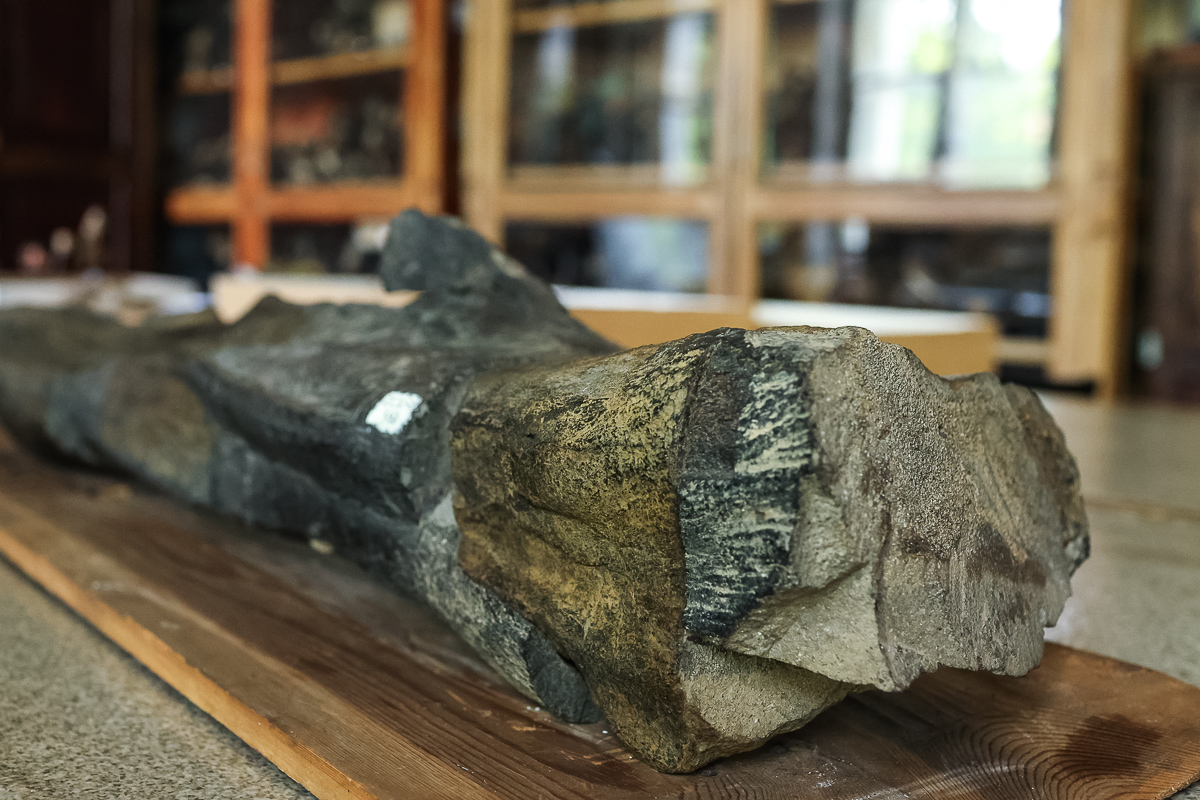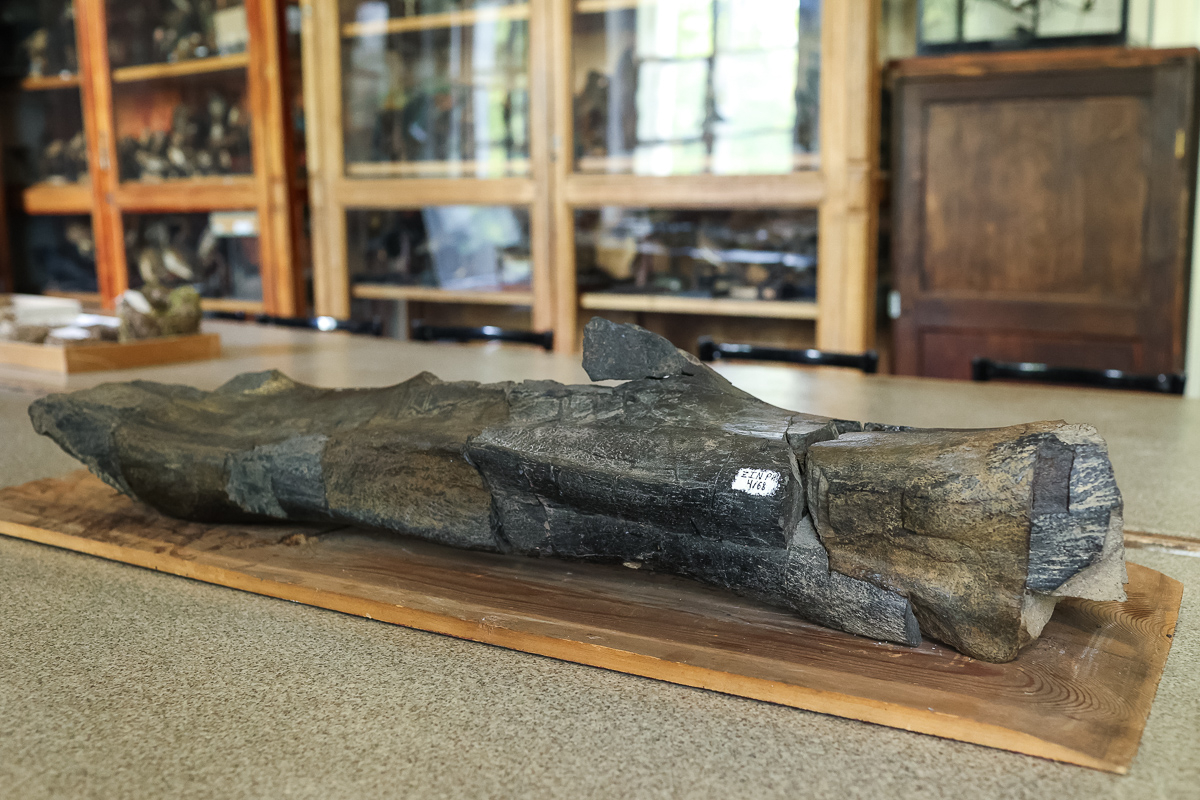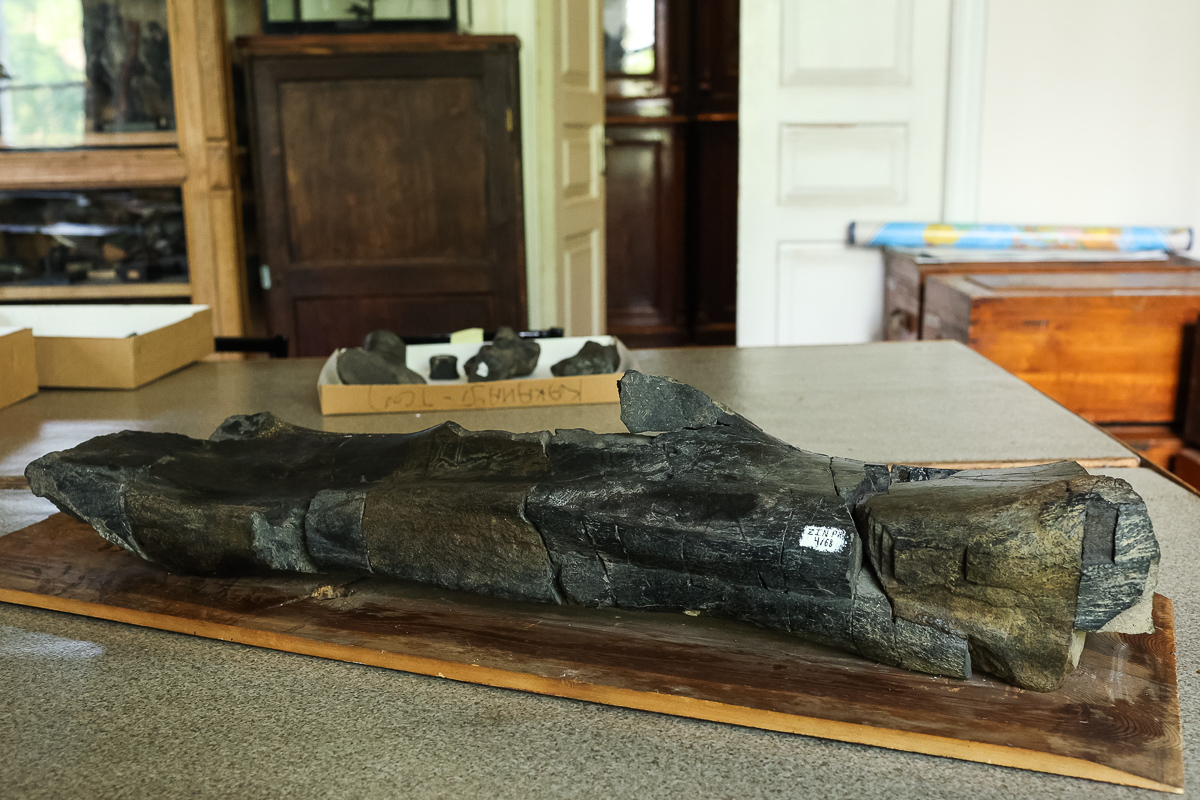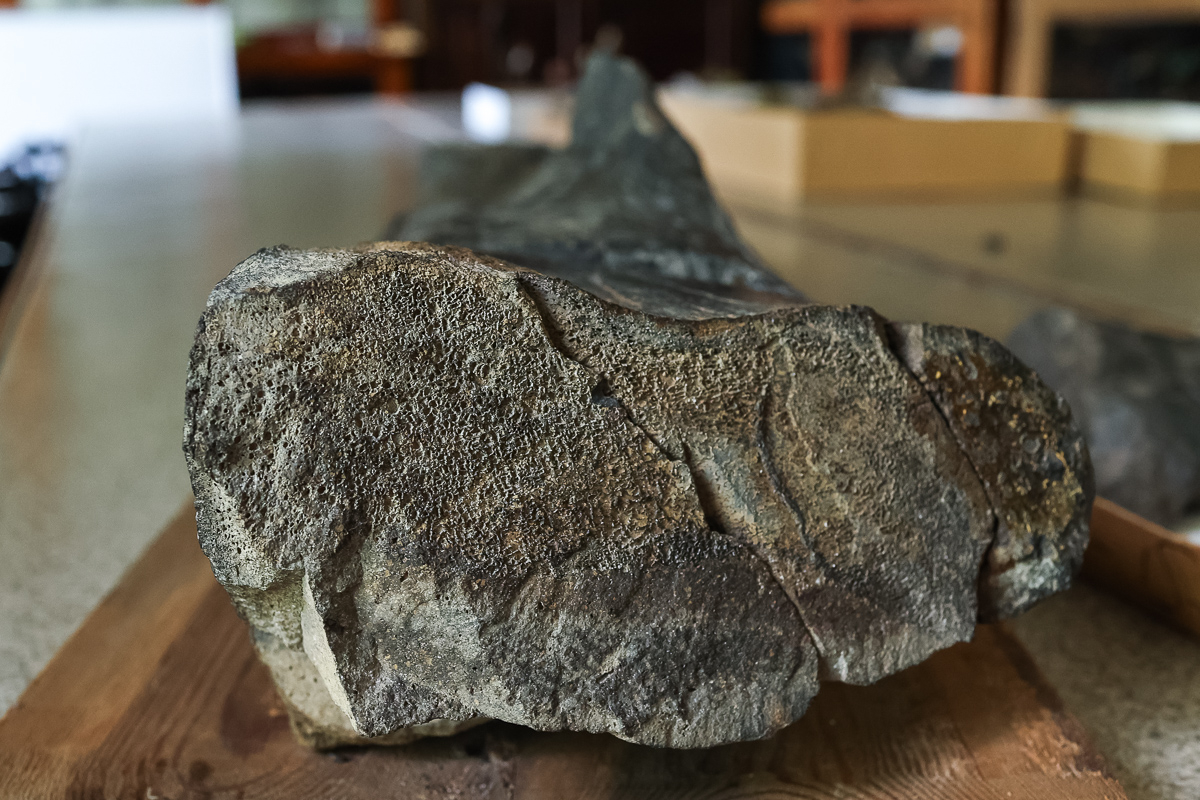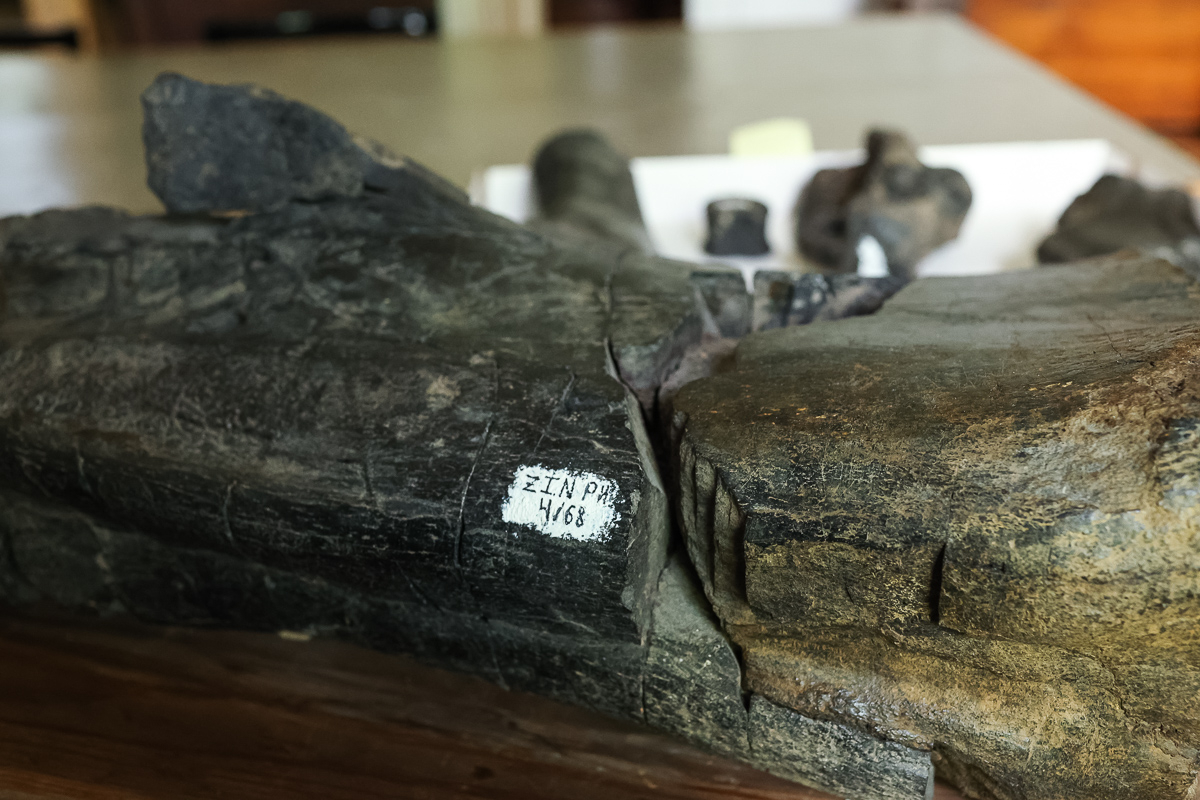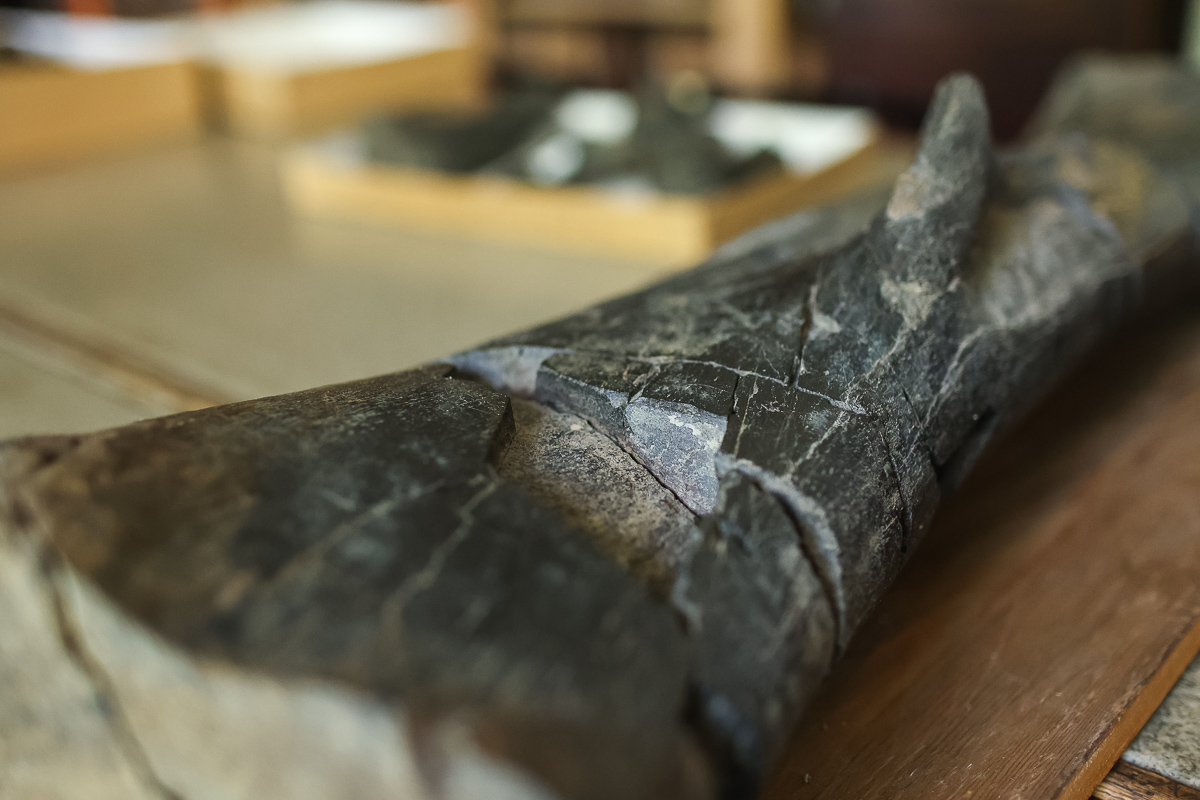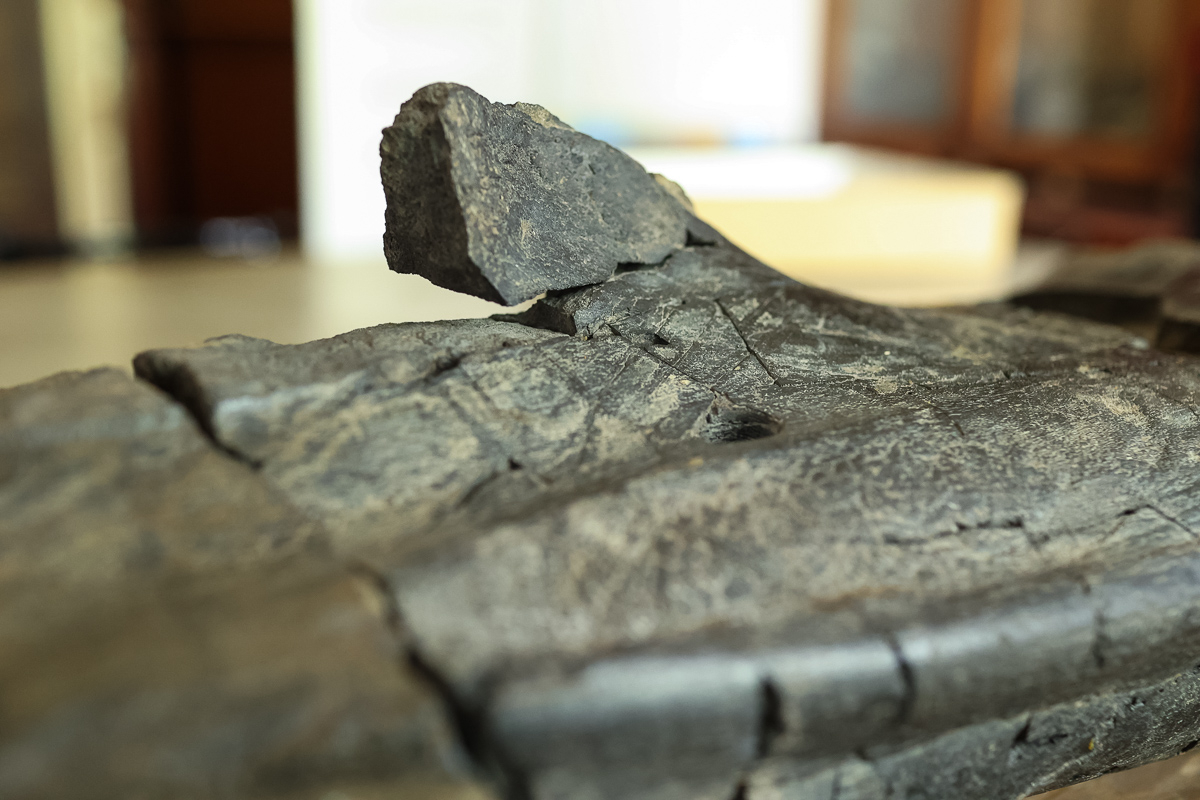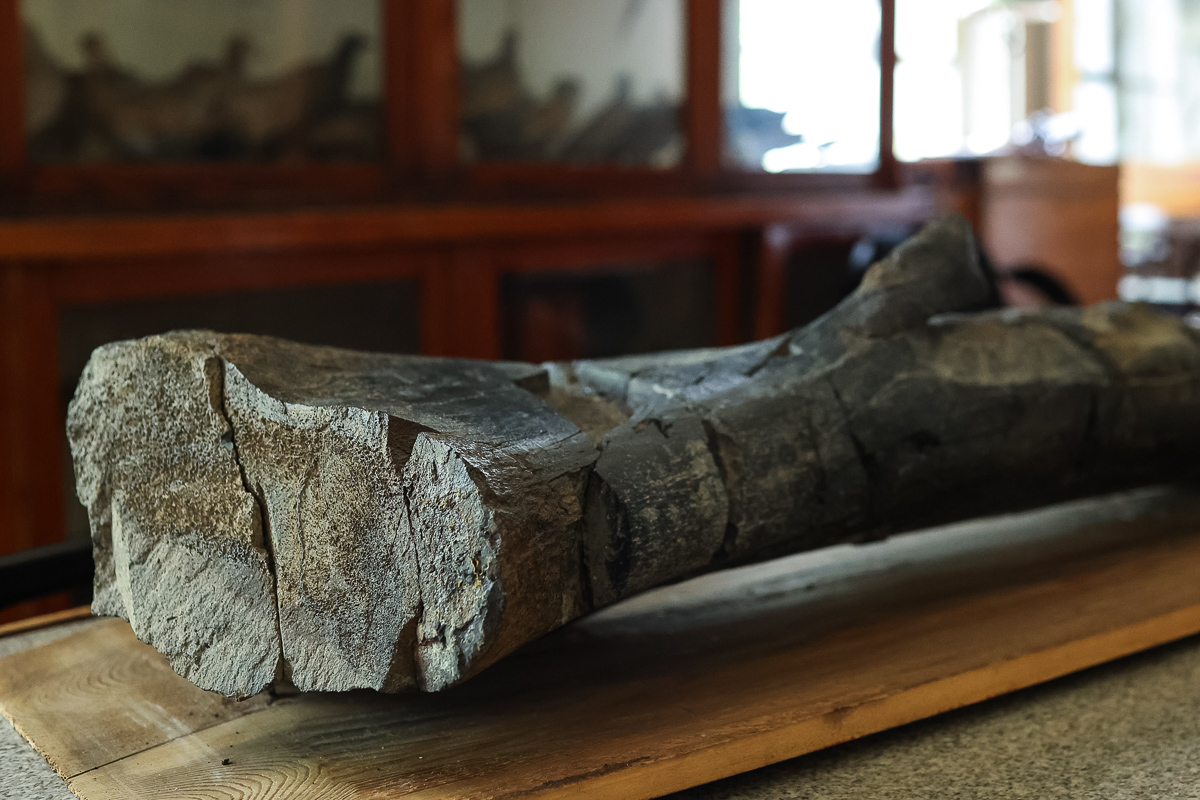Palaeontologists from St Petersburg University study dinosaur fossils to confirm that Chukotka had a milder climate in ancient times
Scientists from St Petersburg University as part of a research team have studied bones of hadrosaurid dinosaurs, or duck-billed dinosaurs, found in Chukotka. They were able to confirm that 66 million years ago the climate in the area was much milder than what had been previously believed. The authors of the study are: Professor Pavel Skutchas, Acting Head of the Department of Vertebrate Zoology at St Petersburg University; and Roman Bapinaev, a master’s student at St Petersburg University. They spoke in detail about the research at the St Petersburg University Science Lunch.
Fossils of polar hadrosaurid dinosaurs from the Upper Cretaceous period (about 66 million years ago) were found at the Kakanaut locality in Chukotka, Russia, by the 2009 expedition of the Komarov Botanical Institute of the Russian Academy of Sciences. In 2014, the fossils — two femur bones, almost a metre-long each; vertebrae; proximal fragments of a humerus; and a scapula — were handed over to the experts from the Department of Vertebrate Zoology at St Petersburg University for further research. In the meantime, the palaeobotanists from the Komarov Botanical Institute have reconstructed the plant component of the ancient ecosystem of the area. They established that the climate in Chukotka in the Late Cretaceous period must have been much milder than now, with the average temperature about +12°C. The palaeontologists from St Petersburg University, on their part, have conducted an in-depth study of the hadrosaur fossils using the palaeohistology method.
The research findings are published in the scientific journal Cretaceous Research.
‘We prepared thin sections of the hadrosaur bones and examined their structure and composition. This enabled us to evaluate the dynamics of bone growth. We expected to see specific features typical for dinosaurs that lived in harsher environments, such as found in polar dinosaurs from Alaska. The bones under study, however, did not show such features. On the contrary, we found convincing evidence of a mild climate,’ said Pavel Skutchas, Acting Head of the Department of Vertebrate Zoology at St Petersburg University.
In particular, we expected to reveal the lines of arrested growth, which result from pauses in the rate of bone deposition. It can be compared with annual growth rings in trees that result from the change in growth speed through the seasons of the year. Visible rings are formed only in winter, marking the passage of one year in the life of the tree; hence, they are used to calculate the age of the tree. The lines of arrested growth are not present in the Chukotka dinosaur bones. This indicates continuous growth, which would have been impossible in harsh conditions.
According to the palaeontologists from St Petersburg University, polar dinosaurs could have theoretically avoided unfavourable climate conditions (such as the polar night) by migrating southward every year. However, the long-distance migration causes stress on the organism, which must be reflected in the bone structure.
Apart from lines of arrested growth, a harsh climate could have been evidenced by interlayers of less densely vascularised bone tissue. None of these features were found in the fossils. Furthermore, fossilised dinosaur eggs were also found in the Kakanaut Formation. This is an evidence of ancient Chukotka being their breeding area, which contradicts the migration hypothesis, since migration would have been impossible with active breeding.
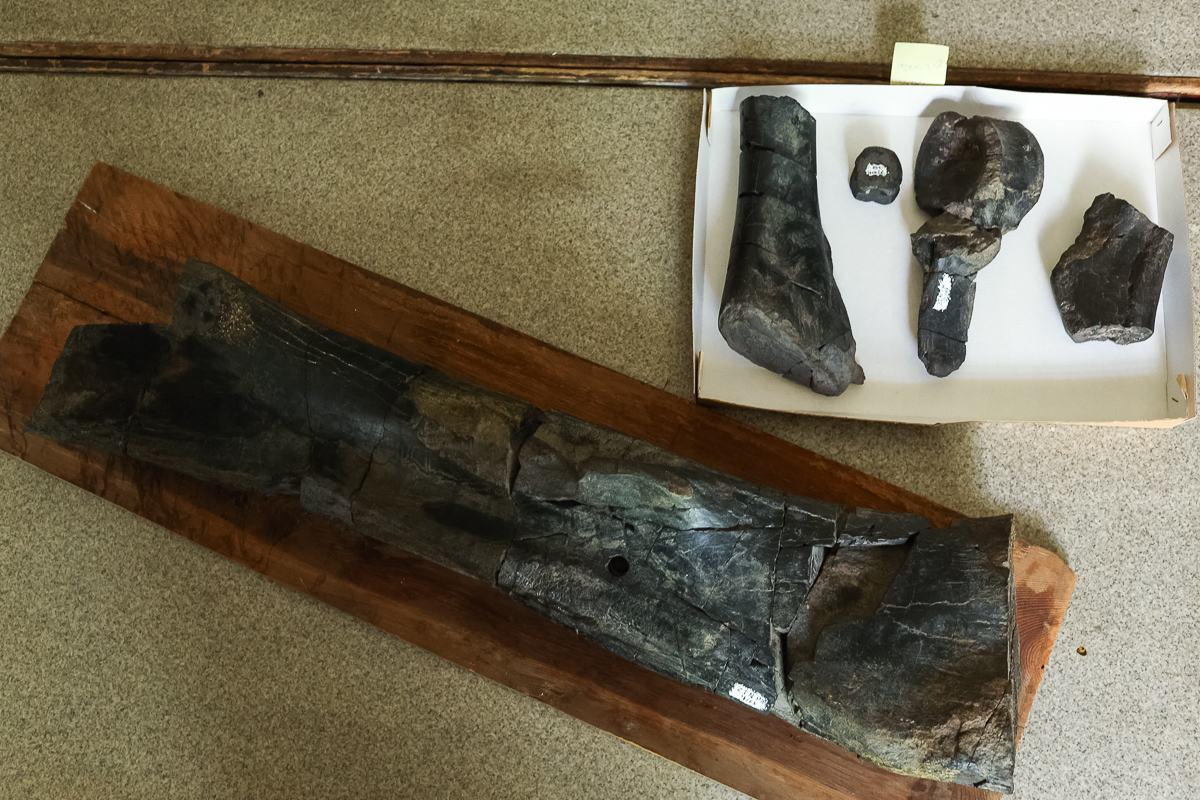
‘We hypothesise that such a drastic difference in climate over time can be explained by the presence of a warm current 66 million years ago. It can be compared to the British Isles that lie at about the same latitude as Kamchatka, just below the latitude of Chukotka; yet, the climate in Britain is much milder thanks to the warm waters of the Gulf Stream. Similar natural phenomena might have been present in the Upper Cretaceous period in Chukotka,’ explained Roman Bapinaev, a master’s student at St Petersburg University.
St Petersburg University, the oldest university in Russia, was founded on 28 January (8 February) 1724. This is the day when Peter the Great issued a decree establishing the University and the Russian Academy of Sciences. Today, St Petersburg University is an internationally recognised centre for education, research and culture. In 2024, St Petersburg University will celebrate its 300th anniversary.
The plan of events during the celebration of the anniversary of the University was approved at the meeting of the Organising Committee for the celebration of St Petersburg University’s 300th anniversary. The meeting was chaired by Dmitry Chernyshenko, Prime Minister of the Russian Federation. Among the events are: the naming of a minor planet in honour of St Petersburg University; the issuance of bank cards with a special design; the creation of postage stamps dedicated to the history of the oldest university in Russia; and the branding of the aircraft of the Rossiya Airlines to name just a few. The University has launched a website dedicated to the upcoming holiday. The website contains information about outstanding University staff, students, and alumni; scientific achievements; and details of preparations for the anniversary.
The researchers from St Petersburg University are major experts in palaeontology. Thus, in late 2022, together with their colleagues from Great Britain, they found fossils, representing almost the entire skeleton of the enigmatic stem-salamander Marmorerpeton wakei.
Last year, St Petersburg University launched an online palaeontology course "Evolutionary history of vertebrates: from fish to dinosaurs to man", hosted on the National OpenEdu platform. Students will be able to "follow" the evolutionary path of vertebrates: from long-extinct groups of dinosaurs to modern representatives of the fauna.


